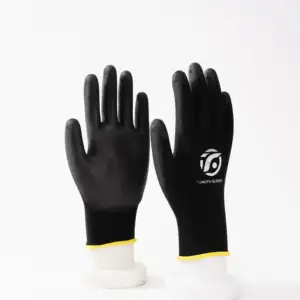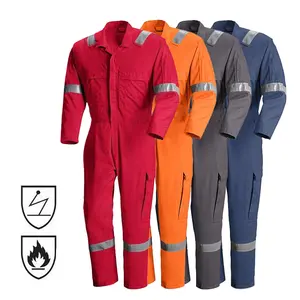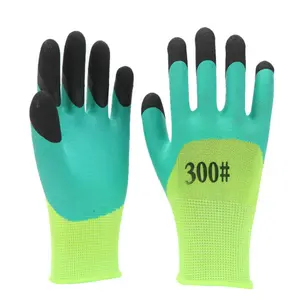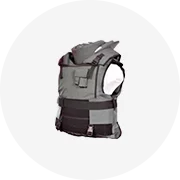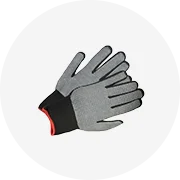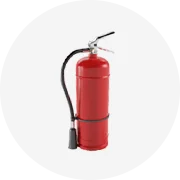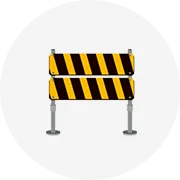Popular in your industry


































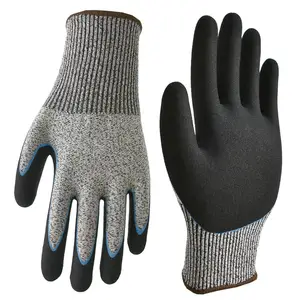



































Related Searches:






























































































































Top categories
About rubberized gloves
Rubberized gloves are essential protective gear designed to safeguard hands from various hazards, including chemicals, cuts, and abrasions. Typically used in industrial, construction, and cleaning sectors, these gloves are crafted to provide both safety and dexterity. With a focus on the unique properties and applications of rubberized gloves, this introduction will delve into the intricacies of their design, material composition, and practical uses in various industries.
Types and Characteristics of Rubberized Gloves
Delving into the types of rubberized gloves, we find a spectrum ranging from lightweight, single-use gloves to heavy-duty, reusable ones. Each type is designed with specific characteristics to address different hazards. For instance, gloves with a thicker rubberized coating are favored in construction for their ability to resist punctures and abrasions, while thinner, more tactile gloves are used in precision assembly work to allow fine motor control. Chemical-resistant variants are tailored for laboratory or cleaning tasks, where exposure to solvents and corrosive substances is common. The diversity in glove types ensures that there is a suitable glove for every task, with each variant providing a unique balance of protection, sensitivity, and durability.
Structure and Operation of Rubberized Gloves
The structure of rubberized gloves is a testament to engineering aimed at hand protection. The physical components include a base layer, typically made of woven cotton or a cotton-synthetic blend, which provides comfort and breathability. This is followed by a rubberized coating that can cover the palm and fingers or the entire hand, depending on the level of protection required. Some gloves feature reinforced areas with additional layers of rubber or other materials to protect high-wear zones. The operation of these gloves is straightforward: the rubberized layer acts as a barrier against hazards, while the base layer keeps the hands comfortable during extended use.
Materials and Their Properties
The choice of materials in rubberized gloves is deliberate, aiming to offer optimal protection and comfort. Cotton is favored for its softness and breathability, making it an excellent base material. Sheepskin is incorporated for its exceptional durability and resistance to wear, while carbon fiber and stainless steel are used in specialized gloves for their strength and anti-static properties. Acrylic is often used in the blend to provide warmth in colder environments. These materials are chosen not only for their individual benefits but also for how they complement each other to enhance the glove's overall performance.
Business Usages and Applications
In the business realm, rubberized gloves are indispensable in settings that demand hand protection. In the automotive industry, they protect workers' hands from sharp edges and lubricants. In the food processing sector, they prevent contamination and provide grip in wet conditions. The construction industry values them for their robustness against rough materials, while healthcare professionals use them to maintain hygiene and prevent cross-contamination. These gloves create business value by reducing workplace injuries, thereby minimizing downtime and promoting productivity.
Functions of Rubberized Gloves
The primary function of rubberized gloves is to protect the hands from a variety of workplace hazards. They are designed to perform specific tasks such as handling slippery objects with their anti-slip surfaces, working with touch-sensitive devices without the need to remove the gloves, and providing a barrier against electrical risks in anti-static models. The gloves also function to absorb vibrations, reducing hand fatigue in jobs that involve the use of power tools.
Features of Rubberized Gloves
The distinct features of rubberized gloves include their flexibility, which does not compromise the dexterity of the wearer, and their tailored fit, which can reduce hand fatigue. Some gloves are designed with a flared cuff to allow for easy donning and removal, while others have a snug-fitting rubberized cuff to prevent debris from entering. The touch screen compatibility in certain models is a unique selling point, allowing workers to interact with digital devices seamlessly.
Benefits of Rubberized Gloves
The benefits of using rubberized gloves are manifold. They provide a safety solution that mitigates the risk of hand injuries, leading to a safer work environment. The gloves also contribute to improved work efficiency, as they are designed to be worn for long periods without causing discomfort. For businesses, this translates to fewer accidents, less time lost, and a more focused workforce.
How to Use Rubberized Gloves Effectively
Effective use of rubberized gloves involves selecting the appropriate type for the task at hand, ensuring a proper fit, and wearing them in accordance with safety guidelines. It is important to inspect the gloves before each use for any signs of damage and to replace them promptly if defects are found. When working with chemicals, it is crucial to ensure that the gloves are compatible with the substances being handled.
How to Choose the Right Rubberized Gloves
Choosing the right rubberized gloves requires an understanding of the specific needs of the task. Factors to consider include the level of cut resistance needed, chemical compatibility, grip requirements, and thermal protection. It is also important to consider the glove's cuff style, such as knit wrist or rubberized cuff, to ensure it provides adequate protection and fits well with other protective gear.
How to Clean and Maintain Rubberized Gloves
Cleaning and maintaining rubberized gloves is essential for extending their life and maintaining their protective qualities. Gloves should be cleaned according to the manufacturer's instructions, typically using mild soap and water, and thoroughly dried before storage. Regular maintenance checks for cracks, tears, and degradation are crucial to ensure the gloves remain safe to use.
How to Ensure the Safety and Compliance of Rubberized Gloves
Ensuring the safety and compliance of rubberized gloves involves verifying that they meet relevant industry standards and regulations. It is important to source gloves from reputable suppliers on Alibaba.com, who can provide certification and product testing information. Regular inspections for signs of wear and tear are also necessary to maintain the protective qualities of the gloves.
In conclusion, rubberized gloves are a critical component of personal protective equipment, offering a blend of safety, functionality, and comfort. By understanding the various aspects of these gloves, businesses can make informed decisions to protect their workforce effectively. Alibaba.com serves as a reliable platform for sourcing high-quality rubberized gloves suited to a wide range of industrial applications.
